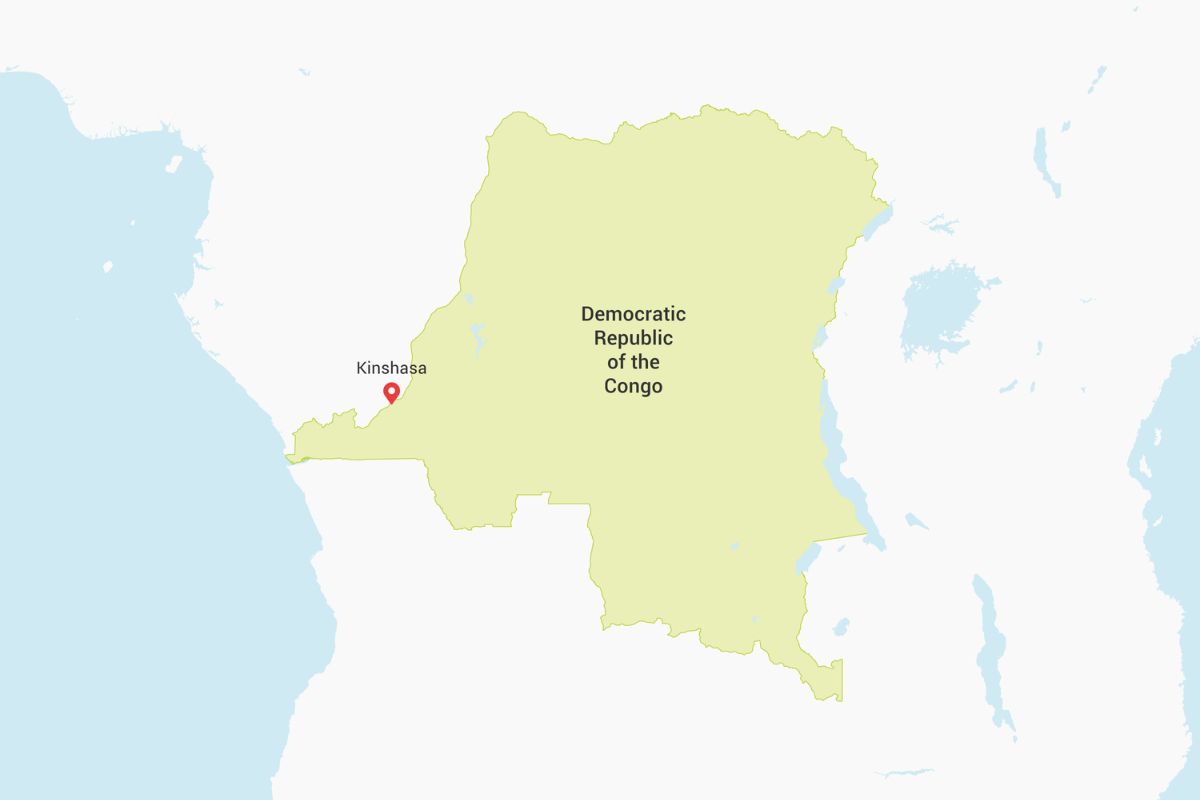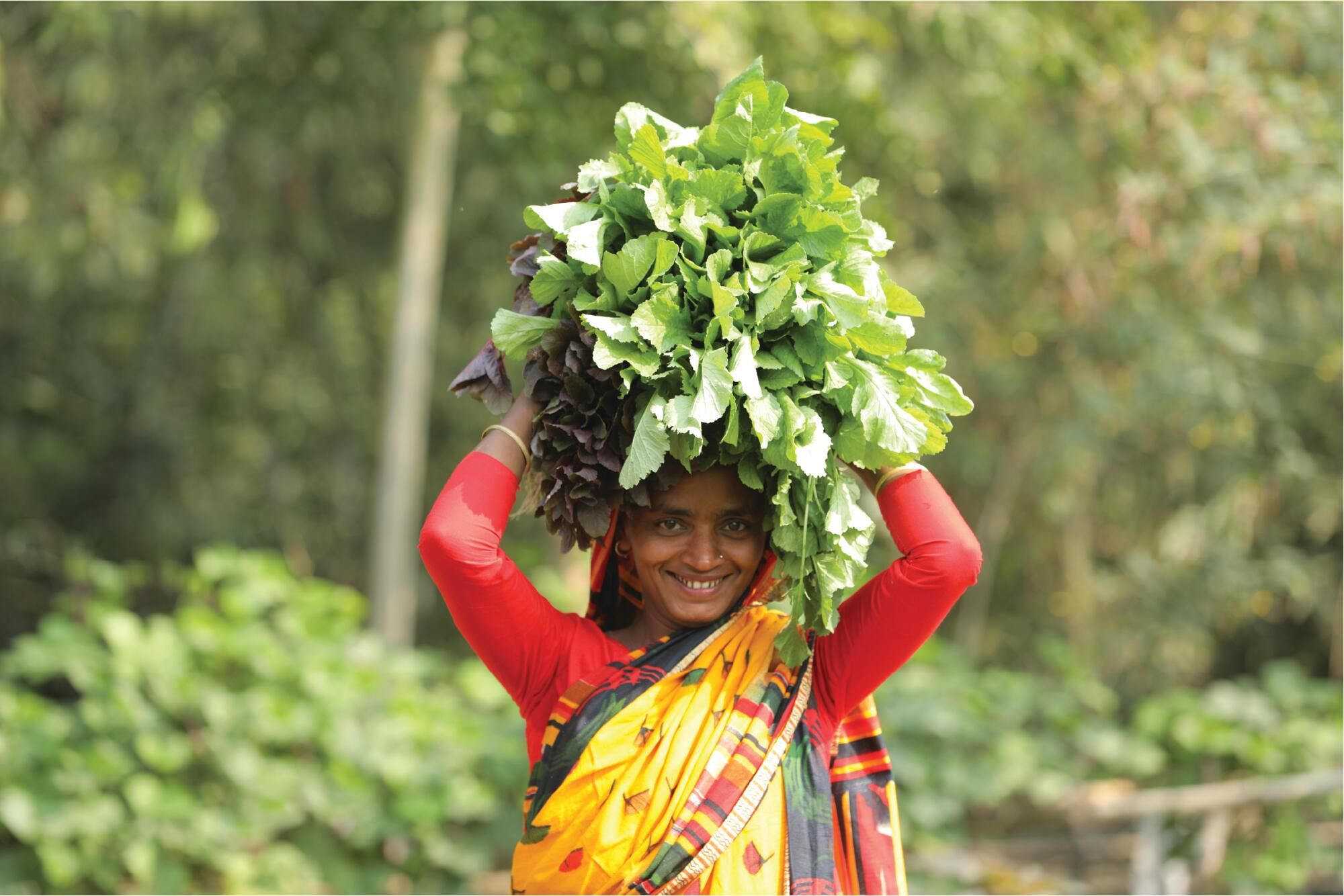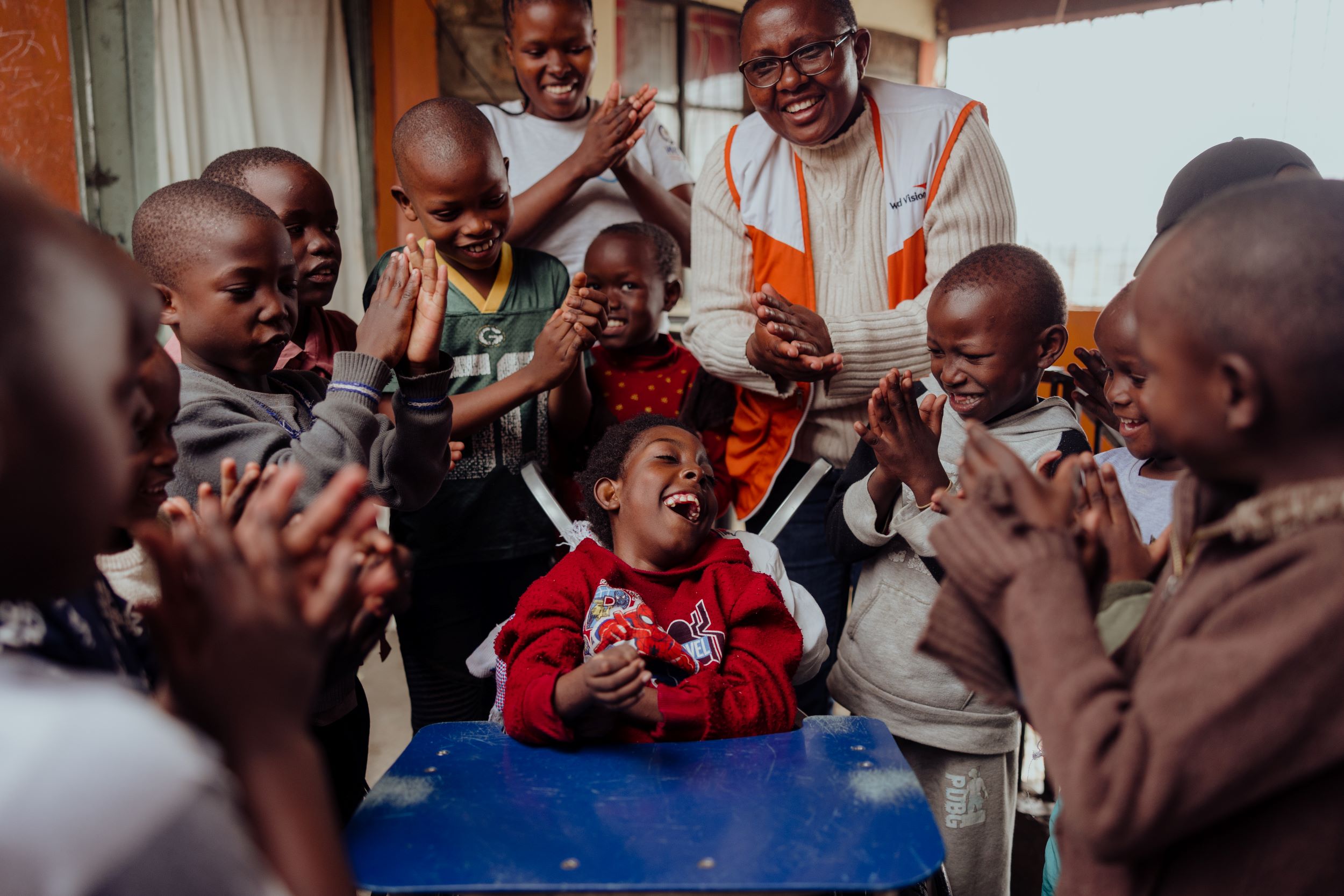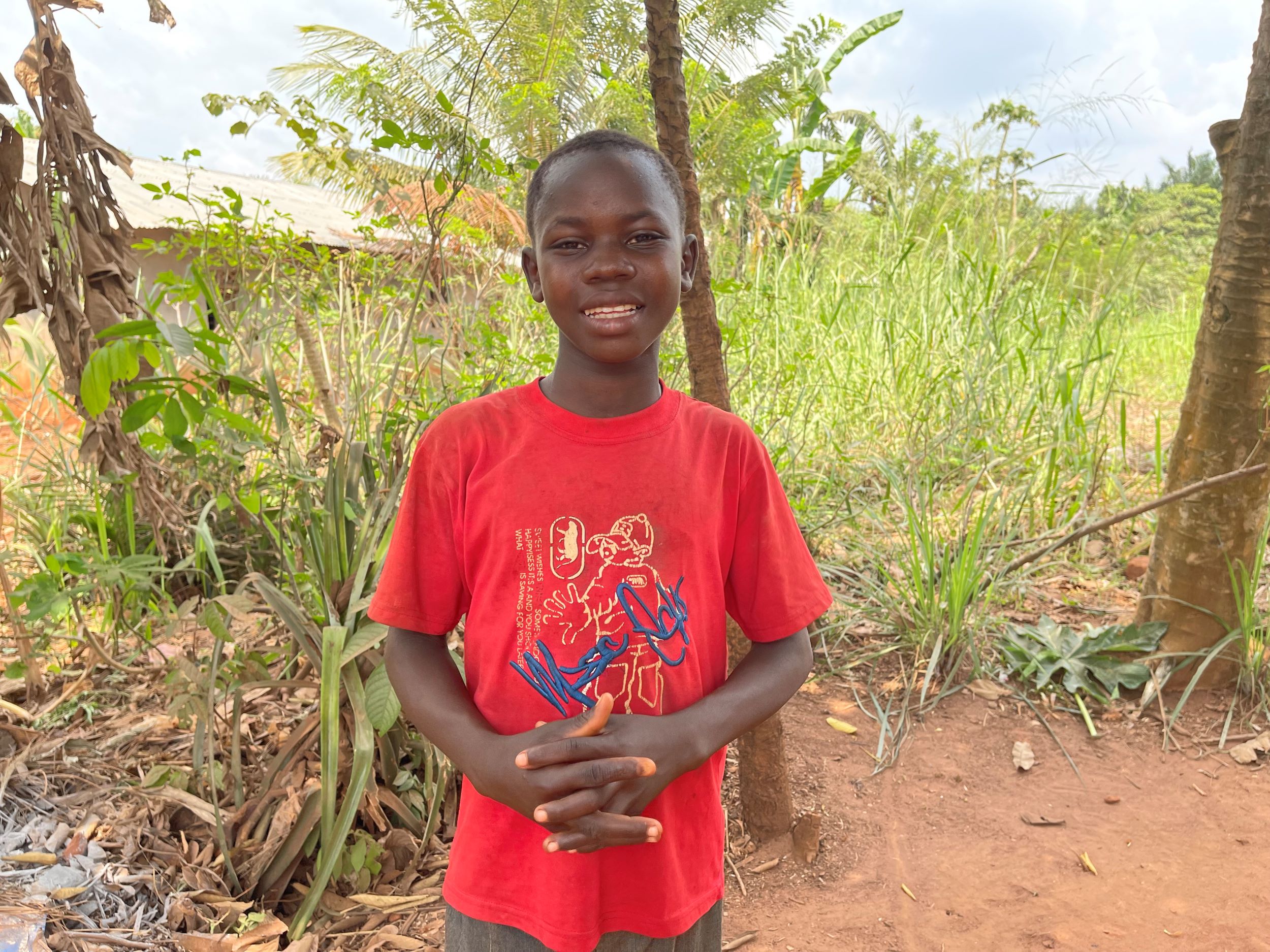
Life-saving nutrition skills in DRC
Thanks to World Vision supporters, Josaphat has fought off malnutrition
For more than 70 years, World Vision has been working in some of the hardest places for children to grow up in. We believe in fullness of life for all children which is why today, alongside our long-term Child Sponsorship work, World Vision responds to emergencies caused by conflict, natural disaster and climate change.
All of this is crucial at a time when up to 783 million people worldwide are experiencing hunger, including children. And when half of all deaths in children under five are due to malnutrition.
Why is malnutrition so worrying?
Malnutrition (or undernutrition) is worrying because it increases likelihood of ill health and death, particularly in children. Child malnutrition can result in stunting (low height for age) and wasting (low weight for height) and can leave children with life-long health issues.
High levels of malnutrition are worrying because they are preventable when there is enough nutritious food in the world.
Cases of severe acute malnutrition, which can result in death, are rising for a number of reasons. These include inflation and soaring food costs, conflict and political instability, natural disasters, and climate change.
Not having enough food or enough of the right kinds of food to eat is directly resulting in the deaths of children. It’s making children’s bodies weak, their immune systems unable to fight off infections.
READ MORE: How World Vision combats malnutrition
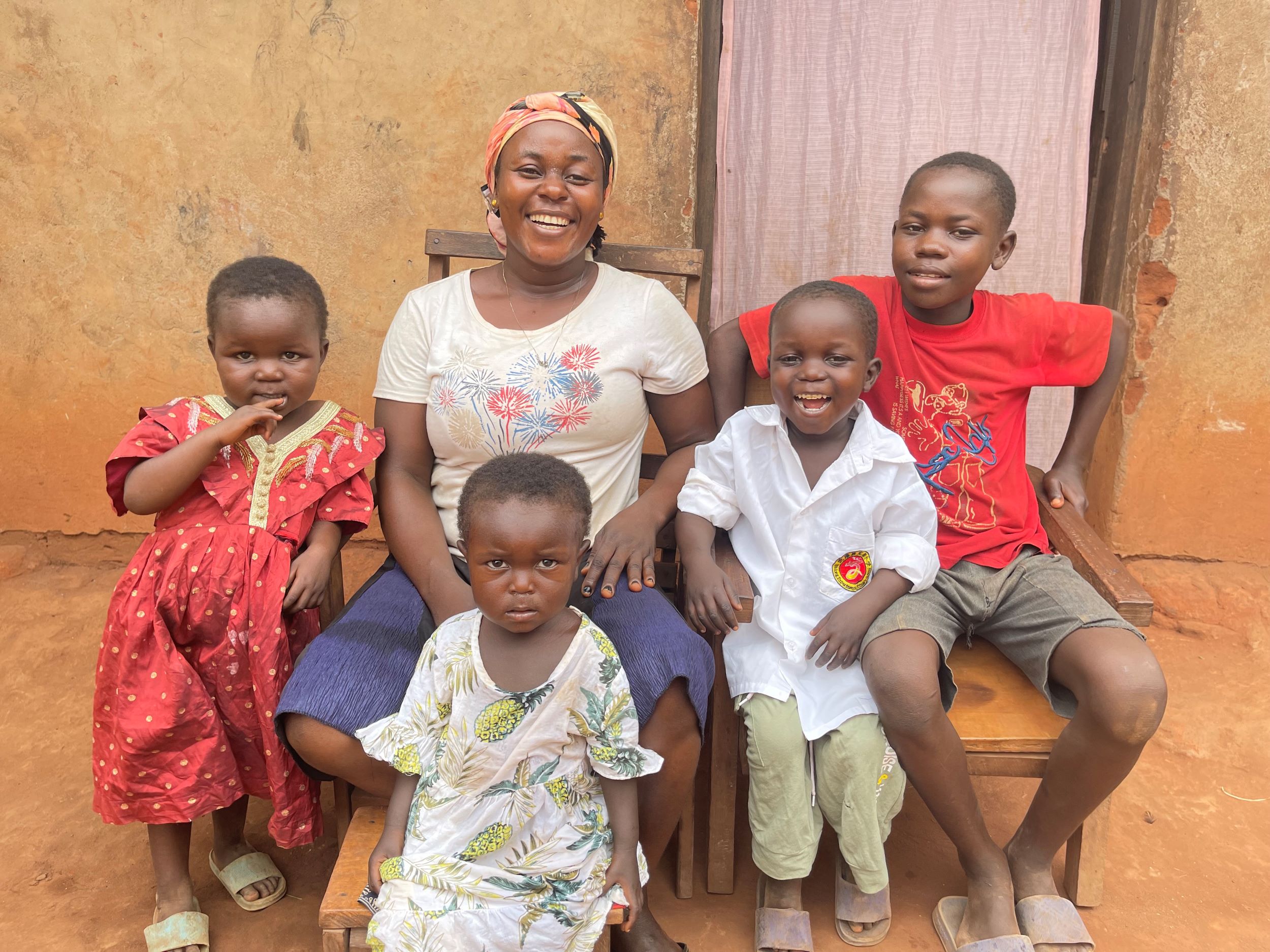
Abandoned during a hunger crisis
When Josaphat’s father abandoned the family, a hunger crisis was already sweeping through the Democratic Republic of Congo (DRC), where Josaphat lives with his mum, brother and sisters, Gislain (six), Loraine (five) and Jocelyne (two).
Josaphat, now aged 14, took on a caregiving role when his dad left. At that time his mum was pregnant and the area where they lived was facing severe drought. Malnutrition levels were already high, but losing the support and income of a parent pushed the rest of the family to the extremes of hunger and survival.
Without enough food, the children became sick with malnutrition.
Josaphat recalls that time. “While my brother and my sisters were sick,” he explains, “our mother noticed a change in their health. Their feet were swelling and they were losing weight from day to day.
“At this point, our mother was unable to feed us.”
The children were becoming weaker each day, so Josaphat’s mum took them to a doctor in another area. Sadly, he was unable to treat them, instead recommending she take them to a hospital. Something Josaphat’s mum couldn’t afford to do.
A tragedy unfolds
The family returned home and soon received a visit from a community health worker.
“During his visit,” says Josaphat, “he noticed that all of them, my brother and sisters, were already suffering from malnutrition.”
The health worker alerted World Vision, who were already responding in the area.
However, even with treatment, it was too late for two of Josaphat’s sisters. Doronté (five) and Julie (two) sadly died within a week of each other.
“For me it was such a painful loss of two very dear people,” says Josaphat.
During this difficult and painful time, Josaphat’s life was also on the line. Following the loss of his sisters, the volunteer advised that the family enrol in World Vision’s nutrition programme as well as be monitored closely to ensure recovery.
Making a recovery
With daily supplements and protein-rich meals, the remaining siblings were able to recover in just two weeks. Meanwhile the family learned critical nutrition skills they could take home and put into practice.
At the end of these sessions, World Vision gave the family a pack of milk, sugar, corn flour and soy flour so that their mum could continue to support them on their road to better health.
“Since our mother learned how to prepare food with the help of World Vision, there is now a big change in the way we eat, even though our father had abandoned us,” says Josaphat. “She knows how to prepare well with the little money she has. If our mother had learned to prepare food well before and with all the knowledge she acquired, my two sisters would not have died despite the flight of responsibility of our father.”
Say ENOUGH to hunger and child malnutrition
Last year, responding to a global hunger crisis that shouldn’t exist, World Vision launched its ENOUGH campaign. We want to see the back of hunger and child malnutrition.
Thanks to the support of our wonderful donors:
- Every hour, a child at risk of dying from malnutrition starts treatment at home.
- Last year, every two minutes, a community health worker checked a young child for malnutrition and other signs of illness.
Find out more about how you can join us to say ENOUGH to hunger and child malnutrition.

